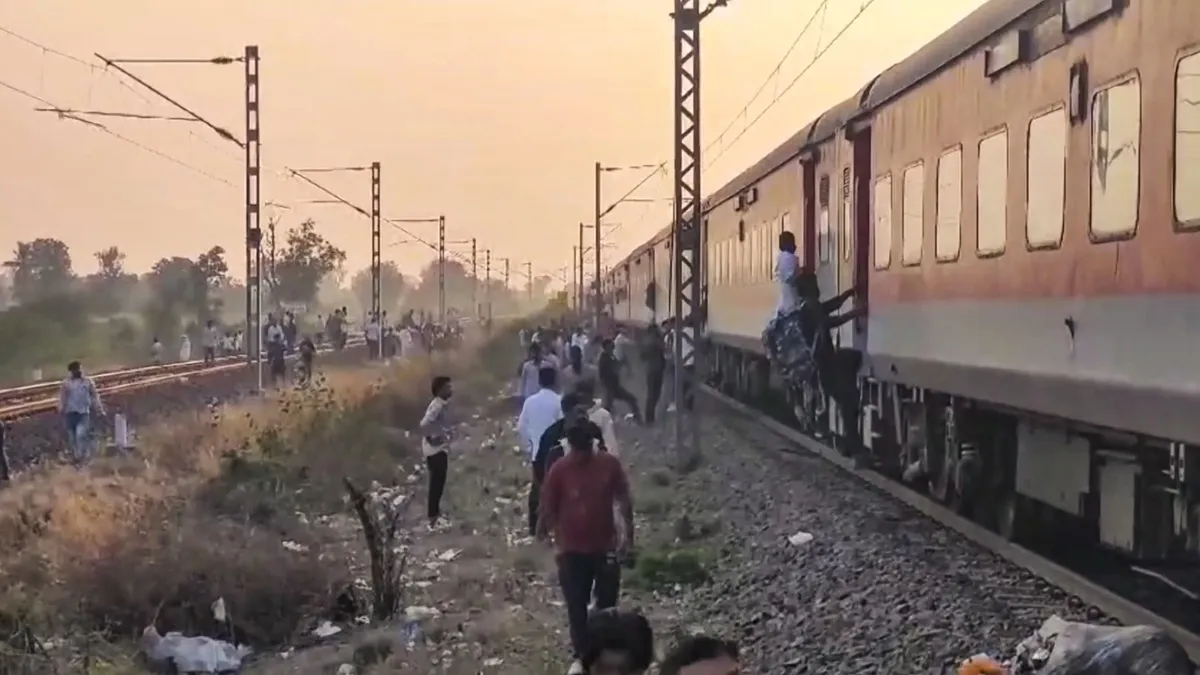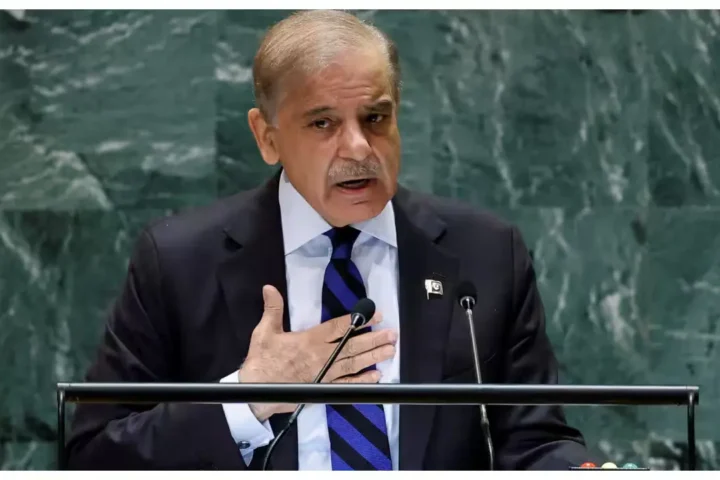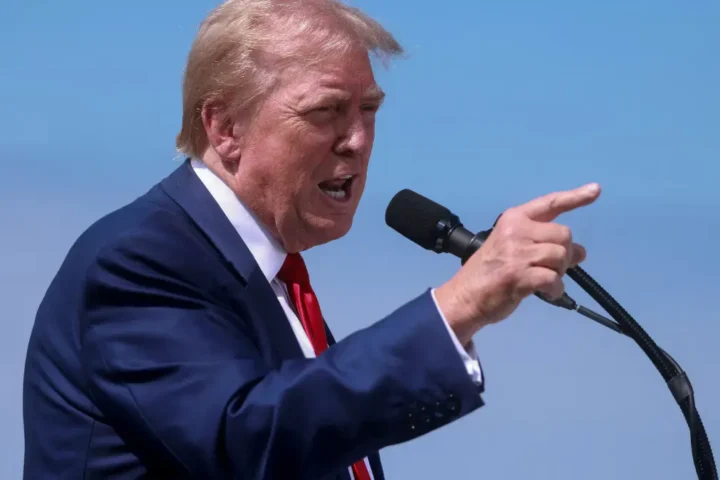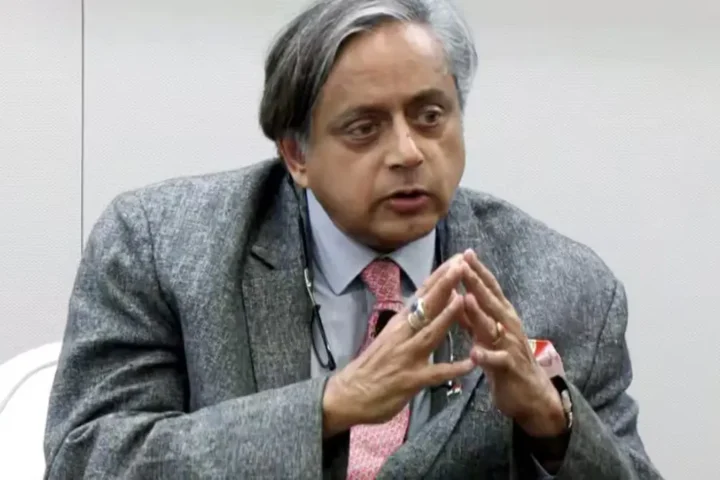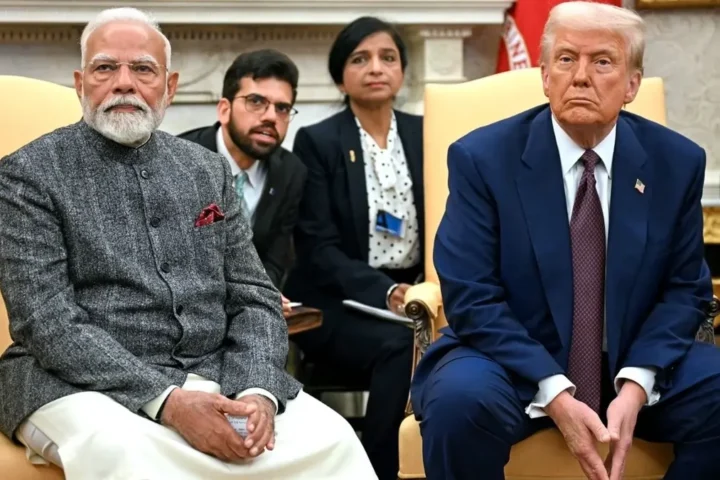Indian Railways has made remarkable strides in safety over the past decade, transforming its operations with innovative technologies and bold measures to reduce train accidents. Yet, it hasn’t been without its challenges. Yesterday’s tragic Jalgaon train accident serves as a stark reminder that while progress has been made, much work remains to ensure a completely safe rail system. Let’s dive into a comprehensive look at the evolution of train safety from 2014 to 2024, including significant incidents, milestones, and the technologies that have shaped the future of rail travel in India.
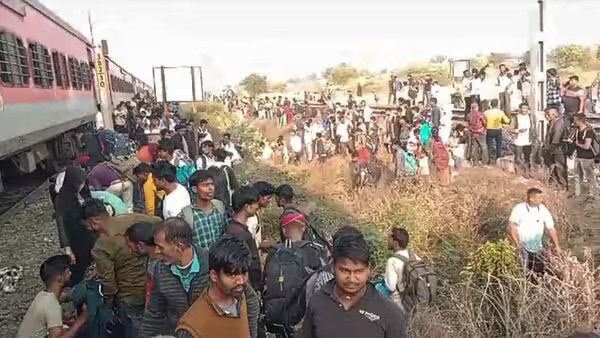
Yesterday’s Incident: A Wake-Up Call
On January 22, 2025, a tragic incident occurred near Pardhade railway station in Maharashtra, India, involving the 12533 Lucknow-Mumbai Pushpak Express (Train No. 12533). The train halted around 4:45 PM after someone pulled the emergency chain. Passengers mistakenly believed there was a fire and jumped off the train, only to be struck by the oncoming Karnataka Express (Train No. 12627) traveling from Bengaluru to Delhi. At least 12 passengers lost their lives, and several others were injured.
The Railway Board announced ex gratia payments of Rs 1.5 lakh each to the families of the deceased, Rs 50,000 for those with grievous injuries, and Rs 5,000 for those with minor injuries. Prime Minister Narendra Modi and Railway Minister Ashwini Vaishnaw expressed their condolences and emphasized the need for improved safety measures.
Train Accident Trends Over the Years
India has made remarkable progress in reducing train accidents, thanks to significant reforms. Here’s a snapshot of the accident data over the last few years:
Train Accident Trends Over the Years
India has made remarkable progress in reducing train accidents, thanks to significant reforms. Here’s a snapshot of the accident data over the last few years:
Train Accident Statistics (2014-2024)
| Year | Number of Accidents | Passenger Fatalities | Total Fatalities | Key Safety Measures |
|---|---|---|---|---|
| 2014-15 | 137 | 248 | 412 | Increased track renewal, safety training, & better operational protocols |
| 2016-17 | 78 | 195 | 365 | Major track renewal, improved loco pilot training |
| 2017-18 | 73 | 28 | 195 | Enhanced operational protocols, stricter regulations |
| 2018-19 | 46 | 16 | 106 | Complete removal of unmanned level crossings, modernization of systems |
| 2019-20 | 0 | 0 | 33 | Introduction of KAVACH system (Automatic Train Protection) |
| 2020-21 | 21 | 10 | 38 | Continued KAVACH system implementation, enhanced maintenance |
| 2021-22 | 35 | 9 | 45 | Human error, equipment failures addressed with technological upgrades and staff training |
| 2022-23 | 48 | 125 | 198 | Ongoing modernization and safety system improvements |
| 2023-24 | 40 | 313 | 317 | Continued adoption of KAVACH, track renewal, and new safety measures |
Key Factors Driving the Decline in Accidents
Several safety reforms have played a pivotal role in reducing train accidents in India:
- Track Renewal & Modernization
Over the last two decades, the government has massively invested in track infrastructure. Between 2004-14, ₹47,018 crore was allocated for track renewal, and from 2014-24, this figure increased to ₹1,09,659 crore, enhancing track safety and reliability. - Elimination of Unmanned Level Crossings
One of the major causes of train accidents was unmanned level crossings. By January 2019, India completed the removal of all such crossings, reducing collision risks significantly. - Technological Advancements
The introduction of KAVACH, an Automatic Train Protection system, and Electronic Interlocking systems have revolutionized train control, preventing collisions before they happen. - Improved Safety Protocols
Regular training for loco pilots, better operational guidelines, and advanced safety mechanisms have played a key role in reducing human error and improving overall safety on the tracks.
Interesting Read
Looking Forward: Challenges & the Road Ahead
While the number of accidents has decreased, the recent tragedy highlights the need for continued vigilance. The government is committed to further reducing accidents by focusing on:
- Improving Emergency Response
- Enhancing Passenger Awareness
- Investing in Smart Technologies for Risk Prediction
Conclusion
Yesterday’s tragedy is a sobering reminder of the ongoing risks. However, India’s railway system has come a long way in improving safety. The decline in accidents over the years proves that reforms are working, but tragedies like this remind us that there’s always more to be done. With continued focus on technology, infrastructure, and passenger safety, the future of Indian Railways looks brighter—and safer.

